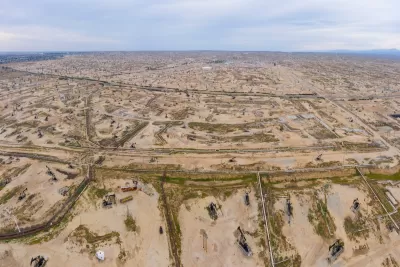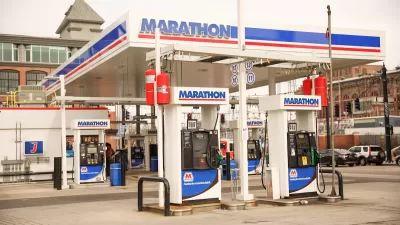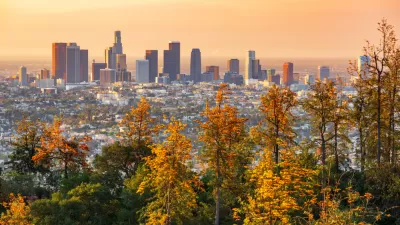Kern County supervisors voted to support a carbon storage project that will inject climate-warming gases into a former oil and gas field.

California’s Kern County approves the state’s first project that will attempt to bury climate-warming gases underground in an effort to limit the amount of emissions that go into the air, according to an article from CALmatters.
“The project by California Resources Corp., the state’s largest producer of oil and gas, will capture millions of tons of carbon dioxide and inject it into the ground in the western San Joaquin Valley south of Buttonwillow,” the article explains. “California Resources Corp. plans to annually collect 1.46 million metric tons of carbon dioxide and inject it into the ground more than a mile deep into the Monterey Formation, a vast geological structure that has long been a key source of California’s oil.”
The site in the San Joaquin Valley was selected partly due to the presence of the depleted Elk Hills oil and gas field, which could be an ideal carbon storage solution. The project, known as Carbon Terra Vault, is one way oil and gas companies are fighting to stay relevant and viable as the state works toward a zero-emissions future. “The Newsom administration has endorsed carbon capture and sequestration technology as critical to California’s efforts to tackle climate change — it plays a major role in the administration’s action plan for slashing greenhouse gases over the next 20 years.”
In a public meeting, local activists expressed concern about the project’s potential to contaminate the surrounding area. “They say the technology could prolong the life of oil and gas and that the project would emit air pollutants that could pose health risks to low-income communities in the valley.”
FULL STORY: First California project to bury climate-warming gases wins key approval

Alabama: Trump Terminates Settlements for Black Communities Harmed By Raw Sewage
Trump deemed the landmark civil rights agreement “illegal DEI and environmental justice policy.”

Planetizen Federal Action Tracker
A weekly monitor of how Trump’s orders and actions are impacting planners and planning in America.

Why Should We Subsidize Public Transportation?
Many public transit agencies face financial stress due to rising costs, declining fare revenue, and declining subsidies. Transit advocates must provide a strong business case for increasing public transit funding.

Understanding Road Diets
An explainer from Momentum highlights the advantages of reducing vehicle lanes in favor of more bike, transit, and pedestrian infrastructure.

New California Law Regulates Warehouse Pollution
A new law tightens building and emissions regulations for large distribution warehouses to mitigate air pollution and traffic in surrounding communities.

Phoenix Announces Opening Date for Light Rail Extension
The South Central extension will connect South Phoenix to downtown and other major hubs starting on June 7.
Urban Design for Planners 1: Software Tools
This six-course series explores essential urban design concepts using open source software and equips planners with the tools they need to participate fully in the urban design process.
Planning for Universal Design
Learn the tools for implementing Universal Design in planning regulations.
Caltrans
Smith Gee Studio
Institute for Housing and Urban Development Studies (IHS)
City of Grandview
Harvard GSD Executive Education
Toledo-Lucas County Plan Commissions
Salt Lake City
NYU Wagner Graduate School of Public Service




























